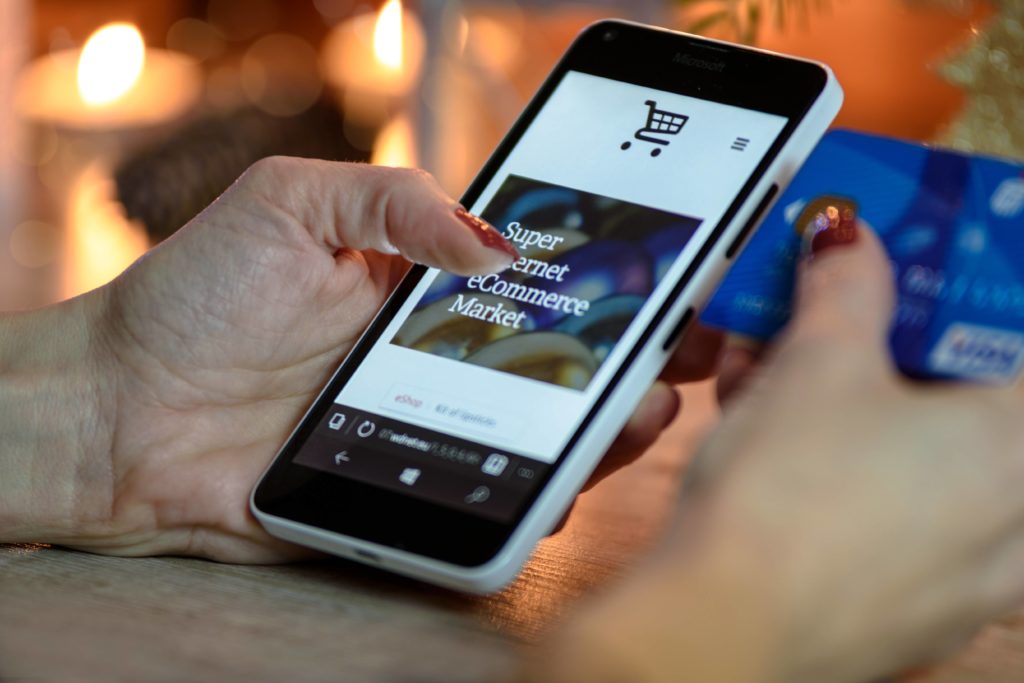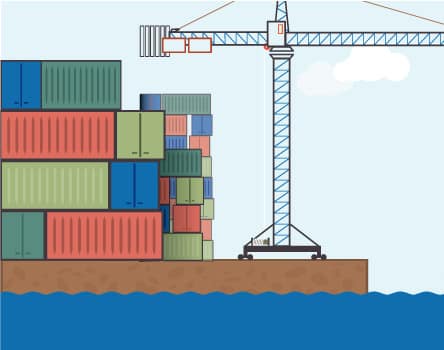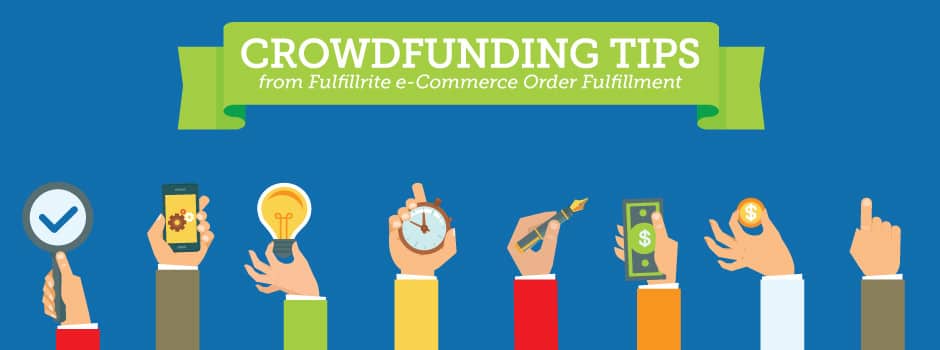To understand how you can generate more conversions despite competition, you have to first breakdown the elements of your competition. Why their visitors are turning into buyers.
Product quality. They claim to have a better product.
Solution: Your competitor’s product may be better. Or it may not be. Their statement may be factual, or it may be just a claim. Obviously if you can acquire yur competitor’s product you can do your own evaluation. Very possibly you’ll find flaws that allow you to prove your product is superior. But acquiring your competitor’s product can prove costly, particularly if there are many, and the product cost is high.
Here is how you can win the better product argument. Don’t start with product, start with the consumer- the end-user. What is the problem that is creating a need for this particular product? How does your product provide a better solution than your competitor’s. Go beyond the obvious.
As example, for simplicity, you are selling a razor blade. Most blades are made in the Orient. Is yours made in Germany or Sweden? That implies superior product quality. But that itself is not an end benefit. What is the advantage of such quality? Longer lasting? Smoother shave? Better for stubbly hair?
Is the advantage longer lasting? Can you qualify that? Is it a money saving feature over time? Does it add up to the cost of a very good bottle of wine? Is there a way to make the savings meaningful?
Is the advantage a smoother shave? Is the end benefit less abrasion? No nick? Generalities like a quicker more comfortable shave don’t say much. You need to be specific. The end-benefit has to be meaningful.
Is the advantage it’s better for stubby hair. Razor blades get caught in stubby hair, causing a fair amount of nicks. Shaving takes longer, the shaver has to go slowly and be more careful. Shaving is truly a bother.
The point is you’re not focusing on product quality. You are focusing on how the customer benefits. You are searching for an end-benefit that is yours, and your competitor cannot mention. Or fails to mention. You are targeting a specific customer: the customer who most needs and most benefits from your product.
The pathway is to dig, dig, dig. Didg in to your product. Dig into the end benefits it produces. Dig in to your target market. Find out who benefits the most. Focus primarily on that customer. Very likely, the numbers of such customers are huge. Imagine owning a good share of that audience. They’re waiting to hear from you. Speak up.
Know your competitor’s product as thoroughly as you can. Know your product thoroughly.There may be many ways to measure the quality of a product. Investigate the ways your product is better than or at least equal to the competitor’s product. You may not be able to make the same attement about a particular aspect of the quality. But where you can make a statement, it may make all the difference in the minds of your visitors.
They have a lower price.
No one wins a price war. You have to decide whether you are willing to gain customers based on offering the lowest price. Bear in mind two things: your competitor can match your low price, and your price may be end up eating up your profit margins, Or the profit will be so scanty as to not be worth the effort.
Solution: Focus on value. The fact is ‘cheap’ is very distasteful to most consumers. Low price is low quality, poor performance, not worth buying. What consumers truly seek is value. What are they getting in return for their dollars A simple example: Hertz charges premium rates, for which they provide premium services. Dollar car rental charges medium rates, and their service is on par with the average car rental.
Hertz customers are willing to pay more. They see its premium service as a fair value for the high rental fees. Dollar customers do not value premium service enough to pay the higher fee.
Value is an exchange. Your customer is exchanging his dollar for your product. He has to see it as a fair value. The value of a product may be based on the quality of the materials, the quality of the manufacturing process. But it also may be external, the quality of the service that accompanies the product.
Amazon Prime is a perfect example. Millions pay a fee to Amazon for the benefits of its Prime Service. Prime users have access to video, music, more options and lower shipping costs. And, Amazon continuously adds to the value with new features and benefits, such as lower prices at Amazon’s recently acquired Whole Foods.
Your customer doesn’t want cheap. Nor, does he want to overpay. He wants a fair exchange. Your task is to understand two things: the economics of your target customer base, and the value you can offer. Every industry operates on this mode. Think of 5-star hotels and restaurants versus 3-star. The former charge significantly more, and in exchange offer significantly more.
Instead of the offering the lowest price in a no-win price war, focus on the value you offer that makes your price acceptable to your audience a fair exchange.





